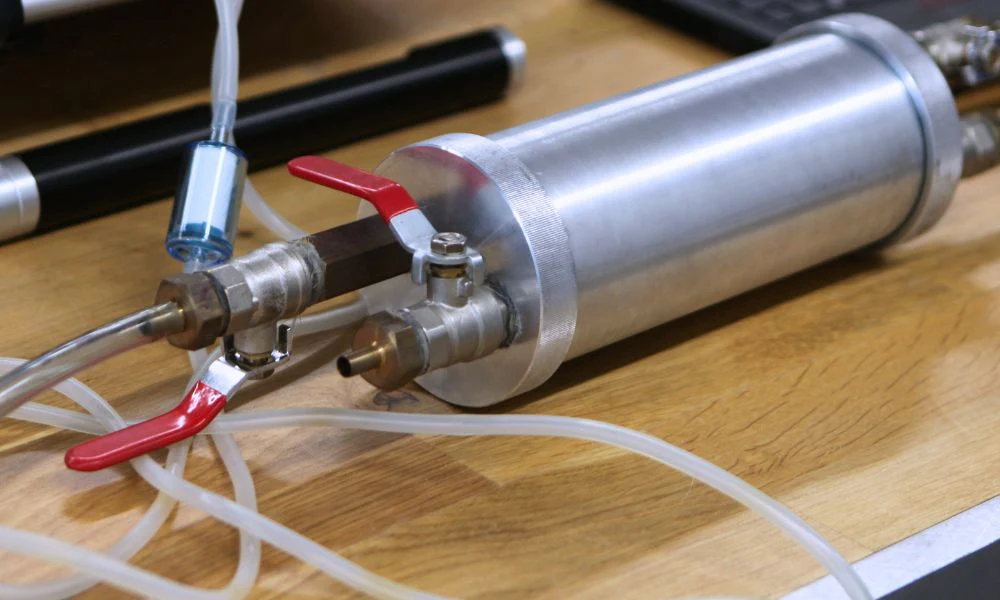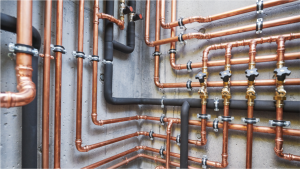Radon Testing Methods
Radon, a radioactive substance that is invisible, odorless, and tasteless, is created by the decay of radioactive elements, such as uranium, which can be found in soils and rocks around the world. The gas is produced naturally by the decay of radioactive materials, like uranium. This element is found in rock and soil all over the world. The natural half-life process releases radon from soil and rocks into the atmosphere for a certain period of time. This chemical element can also be harmful to your health, as too much exposure may put you at risk for lung cancer. This is the second most common cause of lung disease and lung cancer death for non-smokers.
It is possible to measure radon in a house or commercial building using picocuries. This can also be referred to as pCi/L. This tool is used to measure the amount of radon present in the air inside a building or house. A home with radon levels of 4 pCi/L needed to be repaired immediately. It’s best to reduce radon levels in your home, even if they are less than 4pCi/L.
Table Of Contents
- Passive Radon Testing
- Active Radon Testing
- Contact a Radon Testing Specialist
There are two ways to test for radon levels in your home.
Passive Radon Testing
A “passive” device, such as a test kit with activated charcoal, is one way to test the radon level at home. This radon kit will be placed in the lowest part of your house for at least 48 hours to collect the alpha and atom particles of radon. The radon test kit will then be sent for analysis to a radon laboratory, where the particles of radon will be counted. This will give you the results and determine whether your living space has radon or not.
We can send you a kit for passive radon tests via the mail. The homeowner can use the test kits at their convenience. Only if all instructions are followed exactly can the data be collected accurately.
Active Radon Testing
A continuous radon monitoring device is another way to test for radon. Continuous radon monitoring measures the levels of radon in the air. These devices can only be used by licensed radon specialists. These tests are short-term and collect data for at least 48 hours.
Most people would rather hire a specialist for Radon Testing in Pueblo, as they don’t have to worry about reading the instructions, mailing the test off to the laboratory, or waiting for the results. The specialist can tell you the concentration of radon in your home immediately after 48 hours.
Short-Term Testing
You can perform passive or active radon test in your own home. The first is a short-term test. Short-term measurements are not always reliable, even though they’re used for passive radon tests. The short-term test includes a range of devices including alpha-track detectors and continuous monitors. These devices detect radon and the decay products of existing radon. The test is conducted in a closed house, which means that you should keep all windows and doors closed as well as any fans or air conditioners off.
Long-Term Testing
Testing for radon over a long period of time is a tedious process. This is the most accurate way to determine the average radon level in a home each year. The testing may take from three months up to one year. A long-term test is recommended for an accurate and comprehensive assessment. This type of test is usually done with alpha-track or electret Ion Chambers. The importance of long-term testing has been emphasized due to the fluctuating radon levels that are caused by weather, environmental conditions and seasonal variations.
Radon Mitigation
Radon mitigation is the best way to regulate radon levels within your home. Radon mitigation can be expensive, costing between $800 and $1500, depending on your home’s size, location and other factors. The use of pipes and fans to remove the radon gas can reduce levels. You can then eliminate the radon before it enters your entire home.
Contact a Radon Testing Specialist
Contact our licensed radon professionals if you have not had your home tested. We can send a specialist at a reduced price to your home. Our goal is to raise awareness about radon and to educate as many residents on its dangers.









